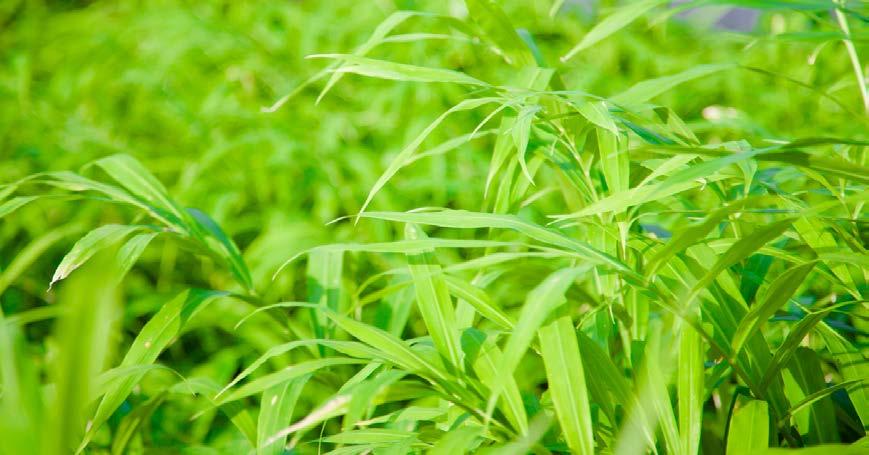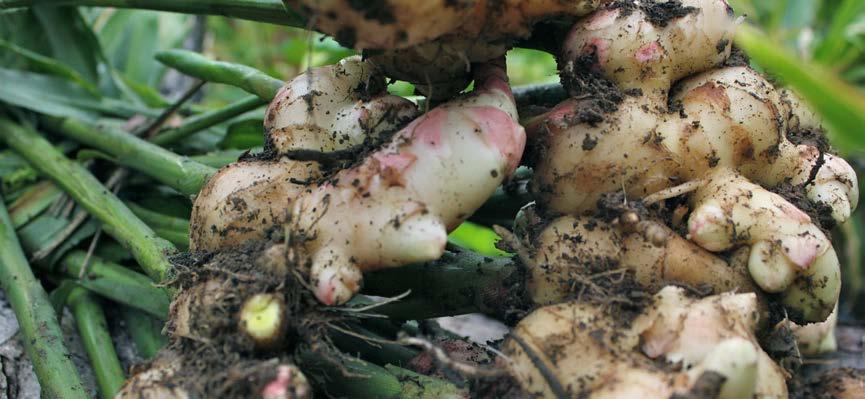
1 minute read
Foreword
Jamaican ginger is highly demanded by speciality food manufacturers and flavour extractors in the major gingerconsuming markets based on superior flavour and aromatic principles, as determined by gingerol and zingiberene concentrations.
Despite the substantial market opportunities, production of Jamaican ginger generally declined in the 1990s, excluding the brief period of government price subsidy between 2001 and 2005. The steep decline in production was attributed primarily to the impact of the Ginger Rhizome Rot disease (GRR) on yield, quality, output price, and industry competitiveness. Acreage response during the period of price subsidy spurred marketable output but also introduced the pathogens to uninfested lands.
Advertisement
Based on the aforementioned market opportunities, supply-side constraints, efficacy of the integrated production model in managing the Ginger Rhizome Rot disease, and the need to maintain market presence, the Export Division of the Ministry of Agriculture and Fisheries recently initiated a programme to supply disease-free ginger planting material to the industry as part of a medium- to long-term structural solution.
These efforts resulted in phenomenal performance of the ginger sub-sector, which moved production from 444 tonnes in 2011 to 1,082 tonnes in 2012, by increasing the area under production from 162 hectares (405 acres) to 219 hectares (547.5 acres). These results have been achieved because of targeted interventions by the Ministry in relation to research, supply of clean planting material and other input support, as well as a guaranteed market.
The manual is a guide to current best practices for successfully growing ginger in Jamaica. It is hoped that users will benefit from the information provided, so as to increase production and productivity of the crop, thereby contributing to food and nutrition security and the foreign exchange earnings of Jamaica.
Honourable Audley Shaw, CD, MP. Minister of Industry, Commerce, Agriculture and Fisheries







